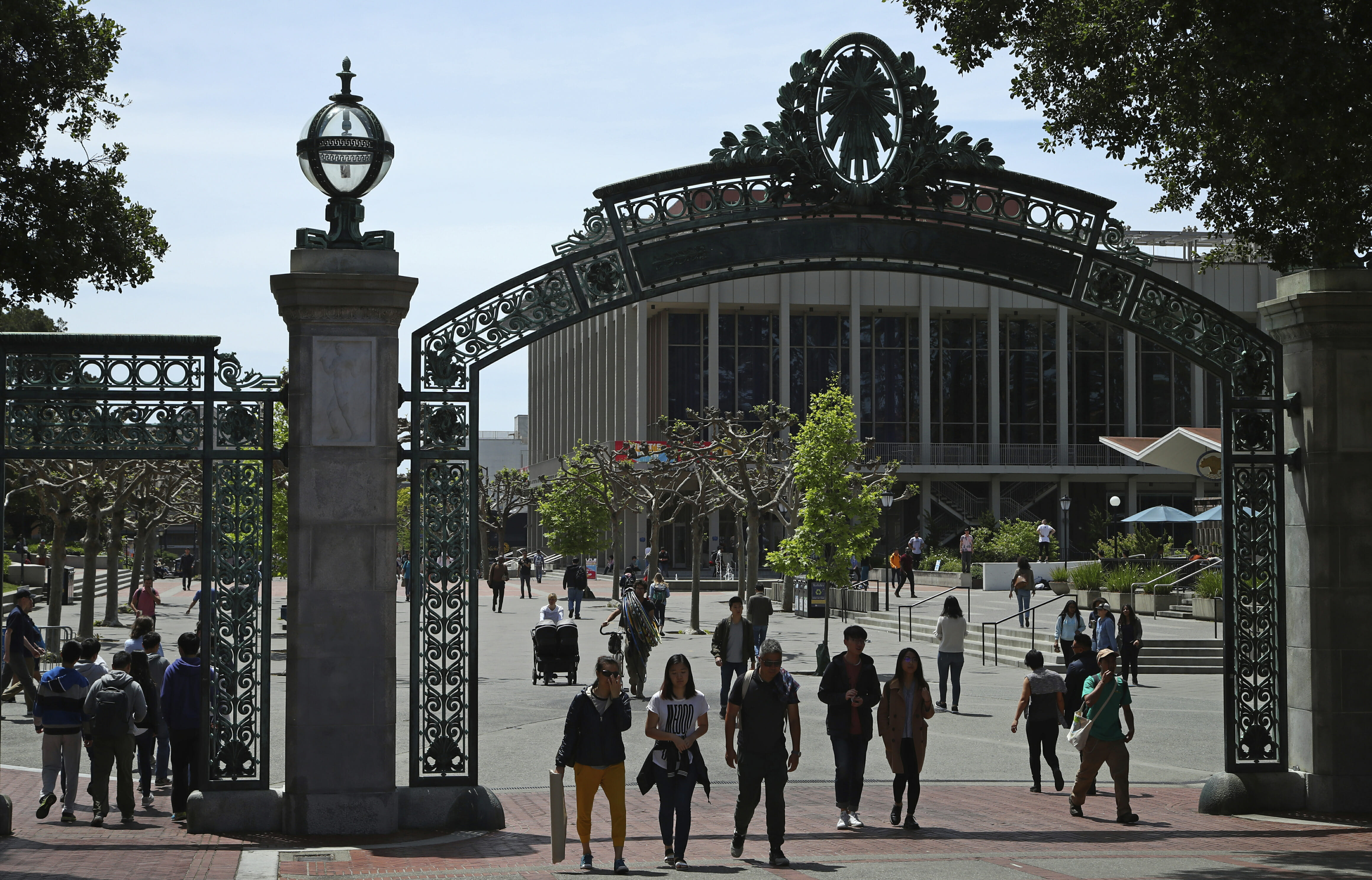
3 reasons to choose a college based on price
Many prospective students choose a college for its location, its reputation or even its campus vibe. Here are three reasons to choose a college based on price.
YOU CAN AVOID HIGH STUDENT DEBT
If you pick an affordable college, you’re less likely to be burdened with high debt. Borrowing less now will leave you with more money for other things you might want to do eventually, like buy a home, take the vacation of a lifetime or start a family. It also frees up money for you to make smart financial decisions like build an emergency fund or save for retirement.
The sticker price of a school will show you tuition, fees, room and board. But the net price is the best indicator of affordability – it’s how much you’ll pay after factoring in free financial aid.
“In California, if you were looking only at sticker price, I would say, ‘Go to a community college,'” says Jessica Thompson, director of policy and planning at the Institute for College Access and Success. But because of how the state grant aid system works, the net price for attending a four-year University of California school is often less, Thompson says.
In general, public colleges and universities are cheaper than private ones. But say you get $35,000 in grant aid and scholarships to attend a private school with a sticker price of $50,000. It would be more affordable than a $20,000-per-year public college that offers you nothing.
Before you apply, use the net price calculator available on a prospective college’s site. Then when you get your college acceptances, compare financial aid award letters to see how much free financial aid you qualify for, such as grants, scholarships and work-study, along with federal loans.
YOU’LL GIVE YOUR PARENTS A BREAK
If your parents plan to help you with college costs, choosing a less expensive school can help them avoid tapping their savings, home equity or retirement.
Along with using income and savings for college costs, parents might take on private loans or federal PLUS loans. Parent PLUS borrowers take an average $16,100 per year, according to The Brookings Institution, a nonprofit public policy organization.
PLUS loans have higher interest rates and fewer repayment plans available compared to federal direct loans, which undergraduates take. That means it’s cheaper for you to borrow than your parents, and you’ll have more time to repay the debt. It also leaves your parents’ savings intact.
YOU’LL GET A BETTER RETURN ON YOUR INVESTMENT
The lower your college costs, the better the chance you’ll get a satisfying return on your investment. That means earning enough after graduating to justify the expense of attending school.
To figure out which schools have the best chance of setting you up for success, start with the U.S. Department of Education’s College Scorecard . It has key details including average net price, graduation rates and typical salaries after attending. It also shows you popular majors, which you can use as a starting point to learn more about possible careers.
Next, research potential careers and earnings using the U.S. Department of Labor’s Occupational Outlook Handbook . It includes job descriptions, schooling required and potential job growth. Sites like PayScale, Salary.com and Glassdoor also have information on salary potential.
Using that salary information, aim to keep your payments under 10 percent of projected after-tax monthly income in your first year out of school.
Say you think you’ll earn $45,000 in your first year out of college and you have only federal loans with the standard 10-year repayment term and 5.05 percent interest rate. Limiting payments to 10 percent of your income means a monthly payment of about $250, which would allow you to borrow no more than $23,600. A student loan affordability calculator can show more estimates.
Remember to factor in total costs for at least four years of school, too. At Making Waves College and Alumni Program, a nonprofit program geared toward low-income high school graduates in the San Francisco Bay Area, Director of Financial Services Ivette Chavez says she talks to students about the impact of taking out loans year after year.
“We break it down to them: If it’s $5,000 this year, but your financial profile stays the same, it will translate to this much after four years,” Chavez says. “Do you really want to start life after college in a deficit?”
__________________________________
This article was provided to The Associated Press by the personal finance website NerdWallet. Anna Helhoski is a writer at NerdWallet. Email: anna@nerdwallet.com. Twitter @annahelhoski.
RELATED LINKS:
NerdWallet: Is College Worth It? Here’s How to Do the Math http://bit.ly/nerdwallet-is-college-worth-it
U.S. Department of Education: College Scorecard https://collegescorecard.ed.gov
U.S. Department of Labor: Occupational Outlook Handbook https://www.bls.gov/ooh/
The Western Journal has not reviewed this Associated Press story prior to publication. Therefore, it may contain editorial bias or may in some other way not meet our normal editorial standards. It is provided to our readers as a service from The Western Journal.
Truth and Accuracy
We are committed to truth and accuracy in all of our journalism. Read our editorial standards.
Advertise with The Western Journal and reach millions of highly engaged readers, while supporting our work. Advertise Today.












